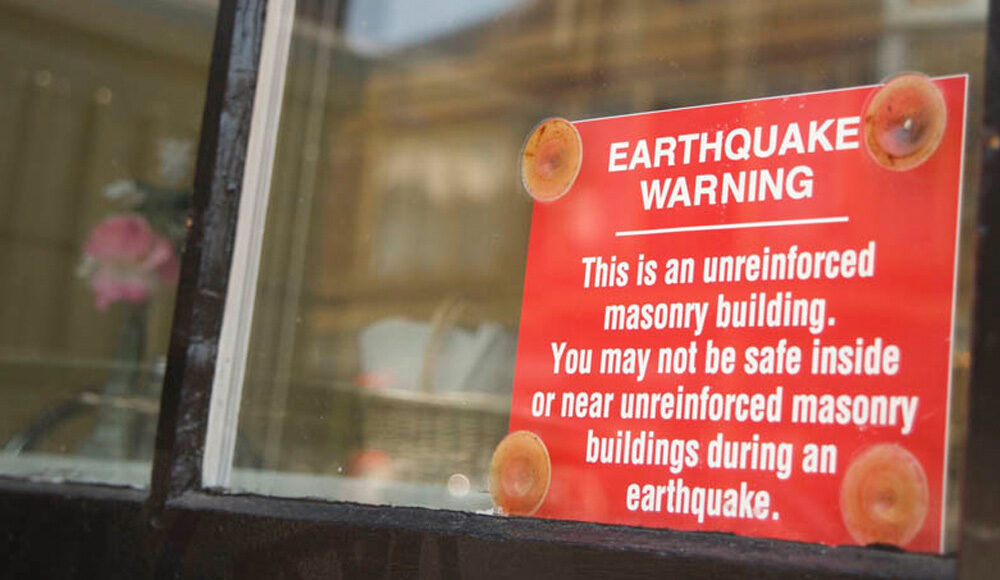UPDATE: California’s annual ShakeOut drill serves as a critical reminder of the dangers posed by earthquakes, highlighting the need for preparedness. As communities brace for potential tremors, experts stress that understanding human response during quakes can save lives.
On December 21, 1954, a powerful earthquake rattled the area, leading to injuries that could have been avoided. Mrs. Hess, a resident of Pepperwood, was thrown from her porch, breaking both ankles, while Jeannie Thompson, a waitress, injured her knee after fleeing the Scotia Inn. Both women were over 30 miles from the epicenter, where shaking was moderate, illustrating the unnecessary risks of moving during an earthquake.
Recent studies by experts like Lori Dengler, an emeritus professor of geology at Cal Poly Humboldt, reveal that injuries increase significantly when individuals attempt to flee. Data from the 1989 Loma Prieta and 1994 Northridge earthquakes confirm that staying put is often the safest choice. Moving can expose individuals to falling debris and trip hazards, leading to severe injuries.
Dengler recounts a tragic incident from the Northridge earthquake, where a mother rushed to her infant during the tremors and fell, resulting in a fatal neck injury. Such instinctual reactions can prove fatal, especially in light of the fact that two-thirds of casualties in past earthquakes were linked to individuals running from buildings during shaking.
California’s building codes have evolved significantly since the devastating 1933 Long Beach earthquake, which resulted in over 115 deaths and destroyed numerous schools. The Field Act, enacted shortly after, mandated earthquake-resistant designs for schools, marking a turning point in California’s approach to seismic safety.
While newer schools built to modern codes have shown resilience against quakes, older buildings, particularly in urban areas, remain vulnerable. The California Geological Survey emphasizes the importance of retrofitting and removing outdated masonry structures to enhance community safety.
As communities participate in the ShakeOut drill, the focus is not just on structural integrity but also on human behavior during emergencies. Encouraging individuals to resist the urge to flee can significantly reduce injuries and fatalities.
What’s Next: Residents are urged to prepare for earthquakes by securing heavy furniture and reviewing safety protocols. The ShakeOut serves as a timely reminder to assess not only structural safety but also personal safety responses.
In a world where earthquakes can strike unexpectedly, awareness and preparedness are vital. The lessons learned from past earthquakes can inform better safety practices and building standards, ensuring that communities are equipped to handle the next seismic event.
For more information on earthquake preparedness, contact Lori Dengler at 707-826-6019 or email [email protected] for a free copy of the preparedness magazine “Living on Shaky Ground.”







